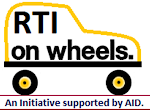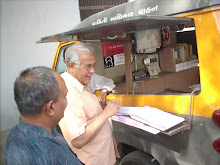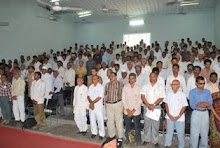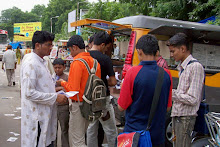Times of India; Rukmini Shrinivasan;Raipur; Monday,May 02, 2011,
NEW DELHI: Transparency measures like the Right To Information Act are intended to reduce levels of corruption, but is there any proof that this actually happens? Two field experiments in Delhi by Yale University researchers suggest that this might be true; transparency measures are as effective as bribes in ensuring service delivery and, furthermore, may even erase class differences.
Leonid V Peisakhin and Paul Pinto, two PhD candidates at Yale University's department of political science, conducted a field experiment in a Delhi slum, the results of which were published in a recent paper. The subjects, all of whom were poor slum-dwellers, did not have a ration card but wanted to apply for one. They were randomly assigned to one of four experimental groups.
The first group applied for the ration card and then did nothing more about it, the second attached a letter of recommendation from an NGO to their ration card application, the third paid a bribe after putting in their application, and the fourth enquired about the status of their ration card application through an RTI request shortly after the initial application.
Peisakhin and Pinto found that the group that paid a bribe was by far the most successful, in that its application was processed faster. But interestingly, the group that put in an RTI request was almost as successful. Hardly anyone in the other two groups received their ration card during the 11-month duration of the study.
Peisakhin conducted an extension of this study, and found that RTI requests helped underprivileged applicants get results almost as fast as the middle class.














































































